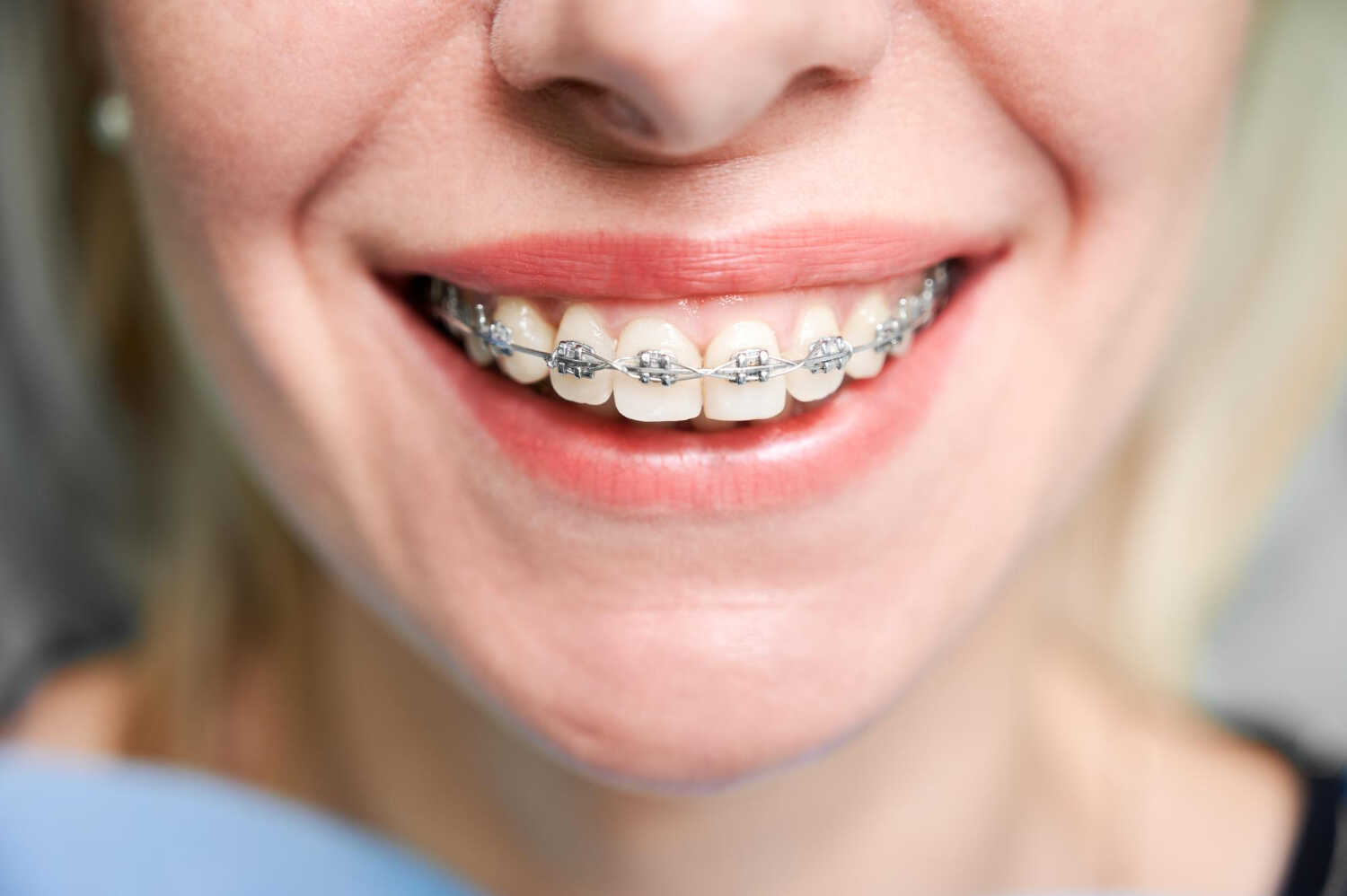
Lingual braces, also known as incognito braces, are a kind of braces that function similarly to traditional braces by using brackets and wires. However, the key distinction lies in their placement. They are placed on the back or lingual side of the teeth, making them nearly unnoticeable when you smile, in contrast to traditional braces fixed to the front.
HOW DO THEY FUNCTION?
Lingual braces function exactly like conventional braces. Every six to eight weeks, your orthodontist will schedule an appointment and make modifications to help your teeth move into their ideal locations.
Your orthodontist may take a dental impression or scan your teeth if you choose to wear lingual braces. They are created precisely for the teeth of each patient. You might have to wear the brackets for 18 to 24 months, depending on how serious your tooth problems are.
STEPS
The following steps are involved in the treatment process;
- Initial Consultation:
During this appointment, an orthodontist will assess your oral health and decide whether these braces suit you.
- Customized Design:
If you decide to use these braces, your orthodontist will take exact measurements and impressions of your teeth to make brackets and wires tailored to fit the shapes of your teeth.
- Location of Placement:
The specialized brackets are attached to the lingual side of your teeth using dental adhesive. The wires are then attached to the brackets, and modifications will be done regularly to keep the teeth aligned.
- Routine Checkup:
Throughout the course of your treatment, you will go to your orthodontist for routine examinations and adjustments to make sure that the braces are successfully moving your teeth in their desired direction.
BENEFITS
- Unobtrusive or Invisible:
A major benefit of lingual braces is that they are unobtrusive. For people who might be self-conscious about having braces, they offer a cosmetic benefit. After all, they are practically invisible when you smile because they are linked to the back of your teeth.
- Customized Treatment:
These braces are constructed specifically for each person, ensuring a precise fit and a treatment strategy suited to their needs. This personalization enables effective tooth movement and the best outcomes.
- Flexibility:
Due to their greater flexibility, lingual braces can be used on some teeth rather than all. It is a less expensive procedure since the braces are only inserted where necessary. Your dental problems will determine your treatment plan. If you don’t have any underlying medical issues, such as a misaligned bite, the orthodontist can only place braces on your teeth that need to be straightened.
- Effective:
These braces are effective for orthodontic problems, including crowded teeth, gaps, crossbites, and overbites. Lingual braces are a good option whether your situation is simple or complicated.
- Comfortable:
Many patients find these braces comfortable and easy to adapt to. For people worried about discomfort, the brackets and wires are a good solution because they minimize disruptions to the tongue and speech.
CONCLUSION:
Dental misalignment can be fixed using lingual braces without affecting one’s self-esteem. They can be the ideal solution for you if you’re seeking an orthodontic treatment option that looks good. To find out if they are right for your unique dental requirements and start your journey to a beautiful, perfectly aligned smile, consult an Orthodontist.



